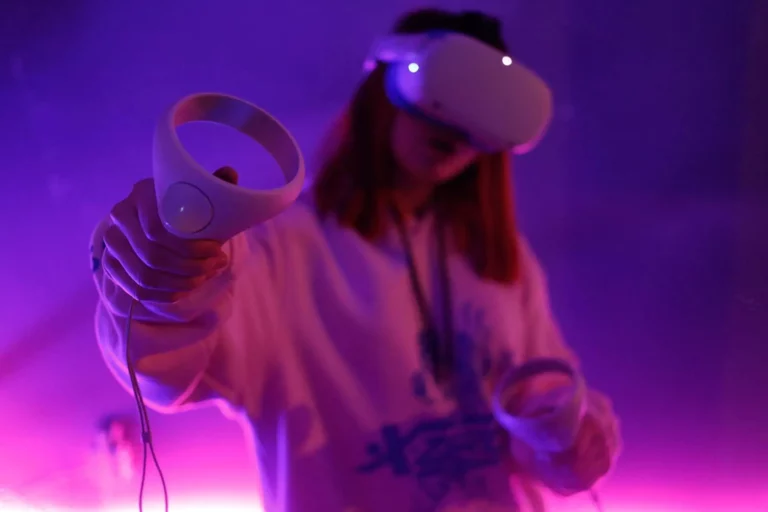Pico’s recent announcement to launch one of its VR headsets in the European market, has fans waiting to see what new features the company has included in their product.
Pico’s VR headsets feature Fresnel lenses, powered by Qualcomm Snapdragon XR2. They also have Inside-Out 6DoF tracking with two 6DoF motion controllers. All of this may seem very similar to Meta’s Quest 2, but apparently Pico claims to have included a very distinct feature regarding it’s Neo 3 headset’s wired connection to PC VR. Despite being also able to connect to PC VR wirelessly, the Neo 3 makes use of something called DisplayPort that apparently provides uncompressed video streaming to users who want to access PC VR titles through this standalone headset.
To explain things with a bit more detail, the Quest 2’s existing connection to PC VR makes use of USB 3.0 cables. While this does away with most problems relating to wireless connectivity, it also makes use of the same Wifi network – which inherently employs decreased bandwidth for video streaming. This degrades video quality and adds some latency to overall gameplay. VR gameplay also suffers when the same Wifi network goes through periods of choked signals and other network issues.
Pico’s introduction to DisplayPort cables has its Neo 3 headset making use of a 5 meter cable that comes with its packaging. DisplayPorts allow for uncompressed video streaming with no restrictions on bandwidth. Latency is significantly improved and provides a much enhanced VR gameplay for the users. Valve’s Index makes use of the same feature, except it is a PC-only VR headset. Which makes Pico’s Neo 3 the only headset that works as a standalone headset as well as a PC headset. It cannot only be used to play popular VR titles that also work with Meta’s Quest, but will also allow access to PC VR titles like those from SteamVR. With this feature, the Neo 3 becomes a 2-in-1 product. Which works great for those of us who hesitate to dish out more pennies for another headset compatible with just PC VR.
Meta too, may be intending to include some features that help players with their PC VR connection – which may see the company employing wireless dongles called an “Air Bridge”. We do not have much details regarding this, but right now it seems Pico may become one of the only VR headsets to work as a single solution for both PC and standalone VR games.





